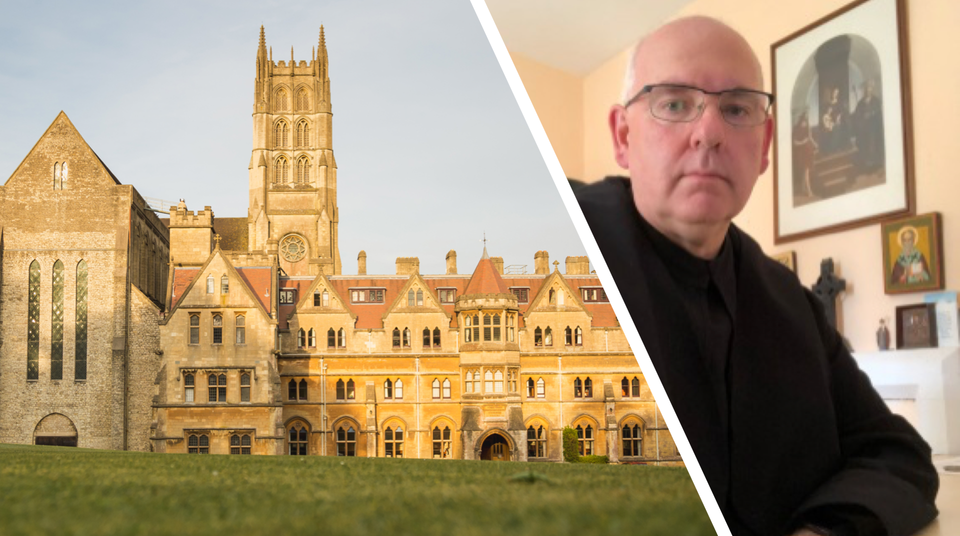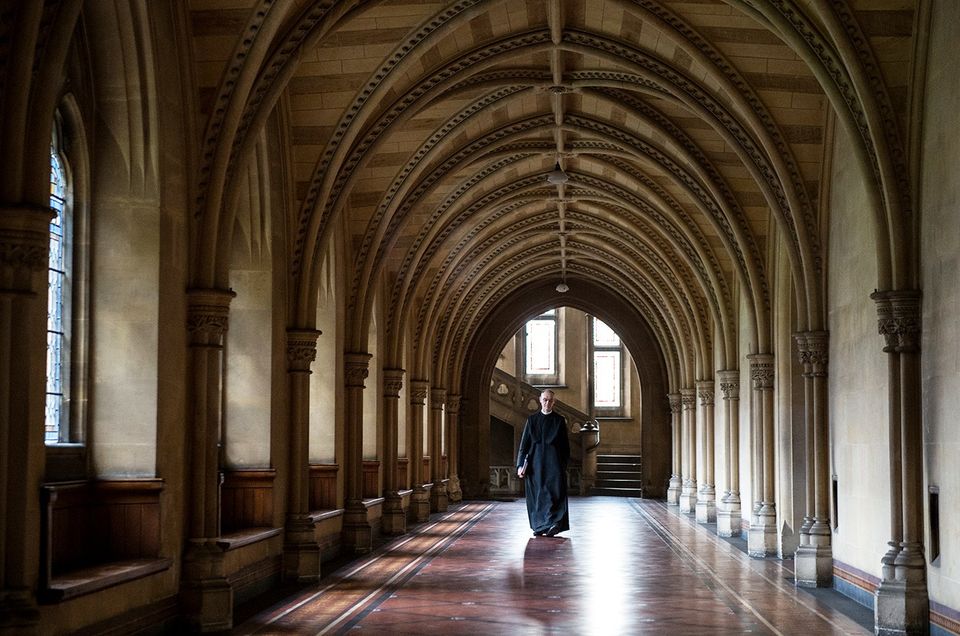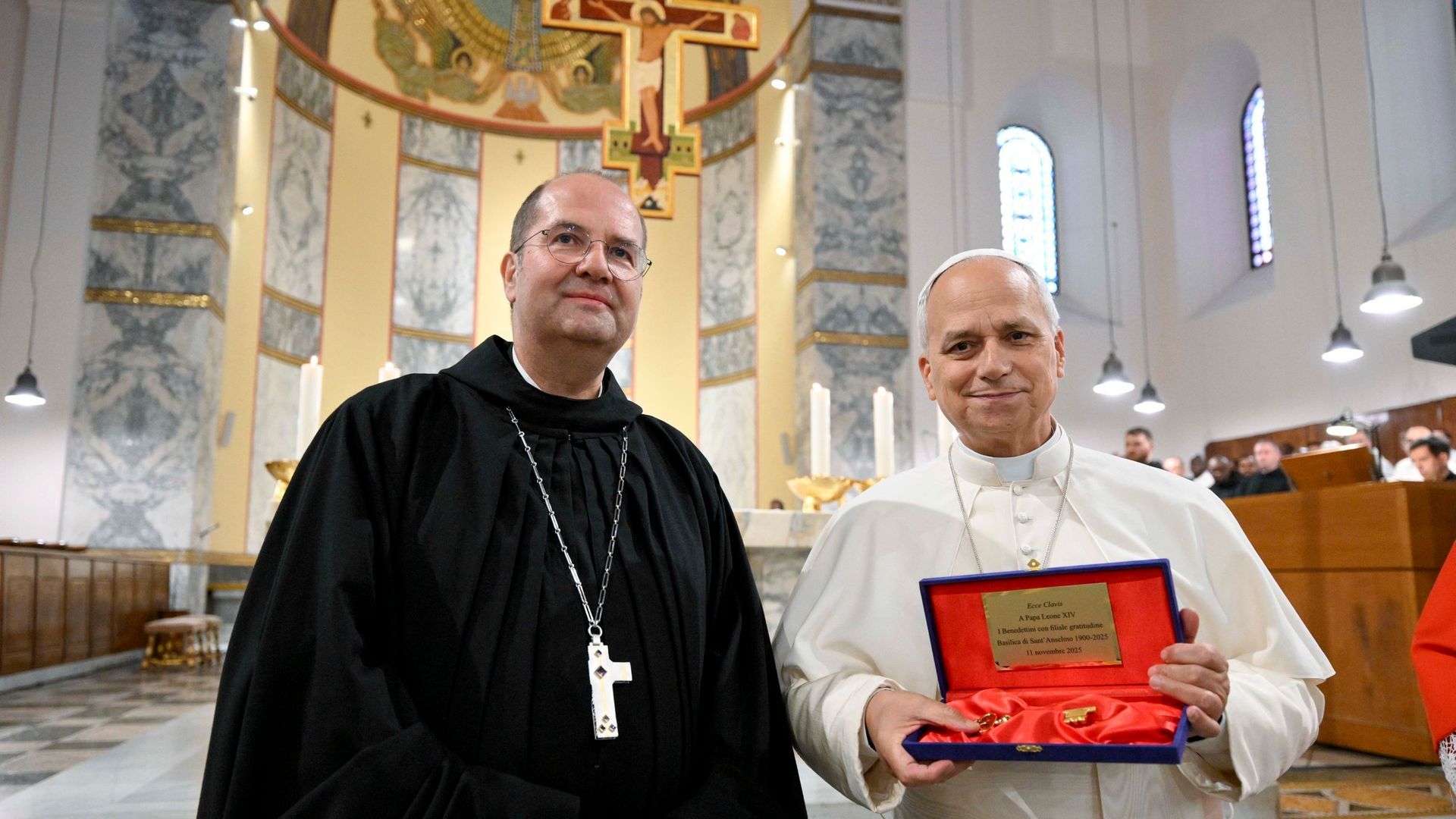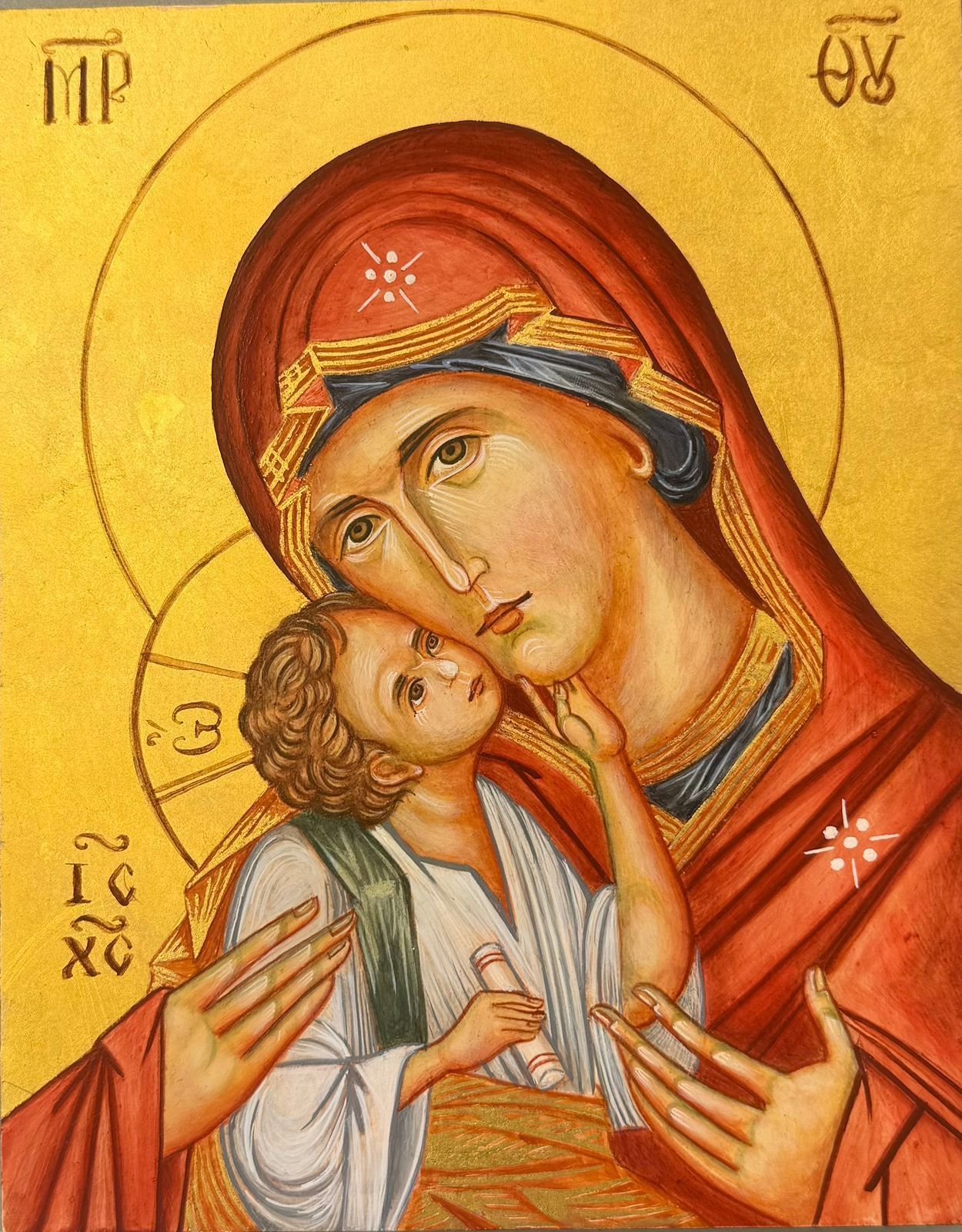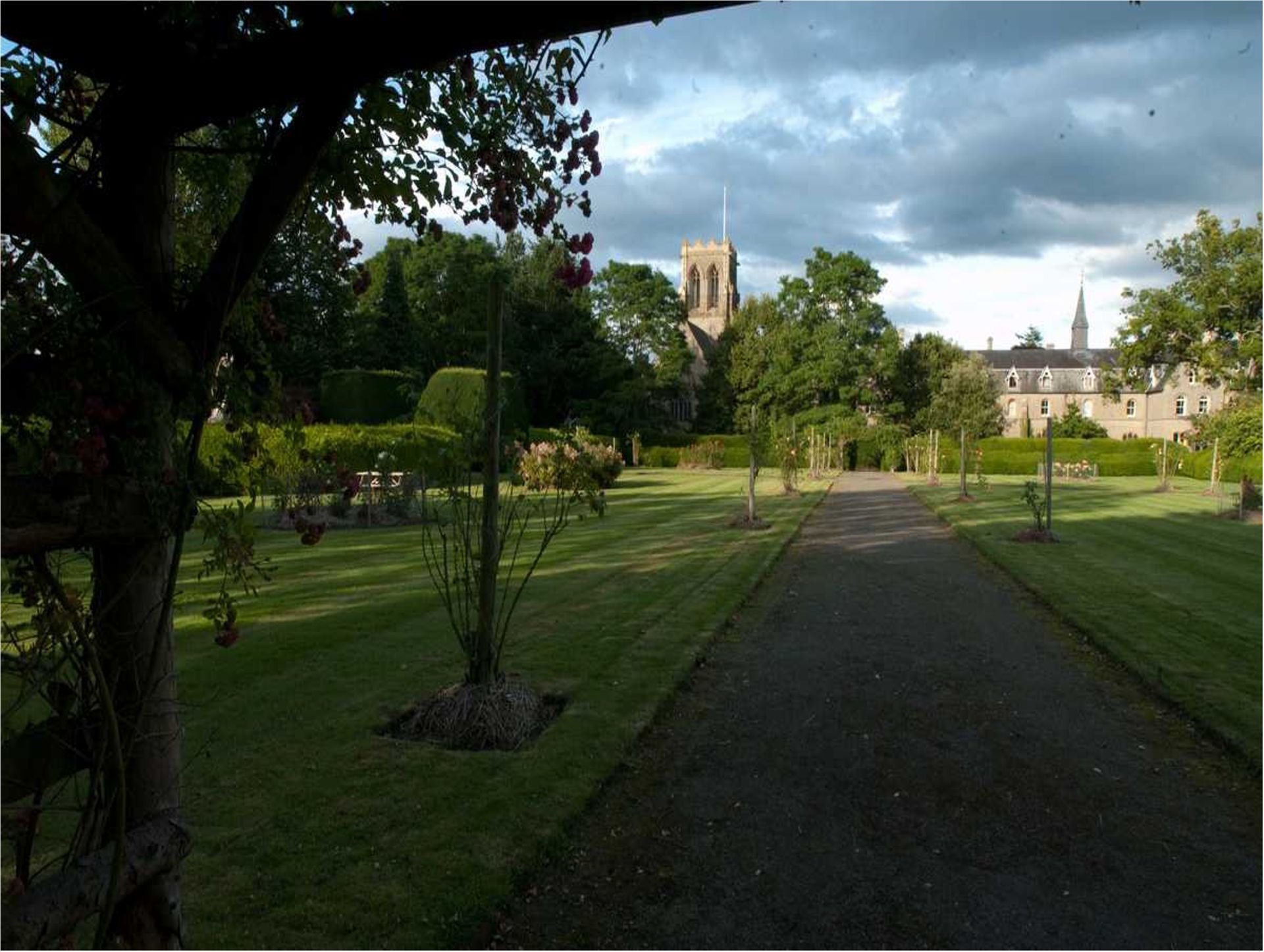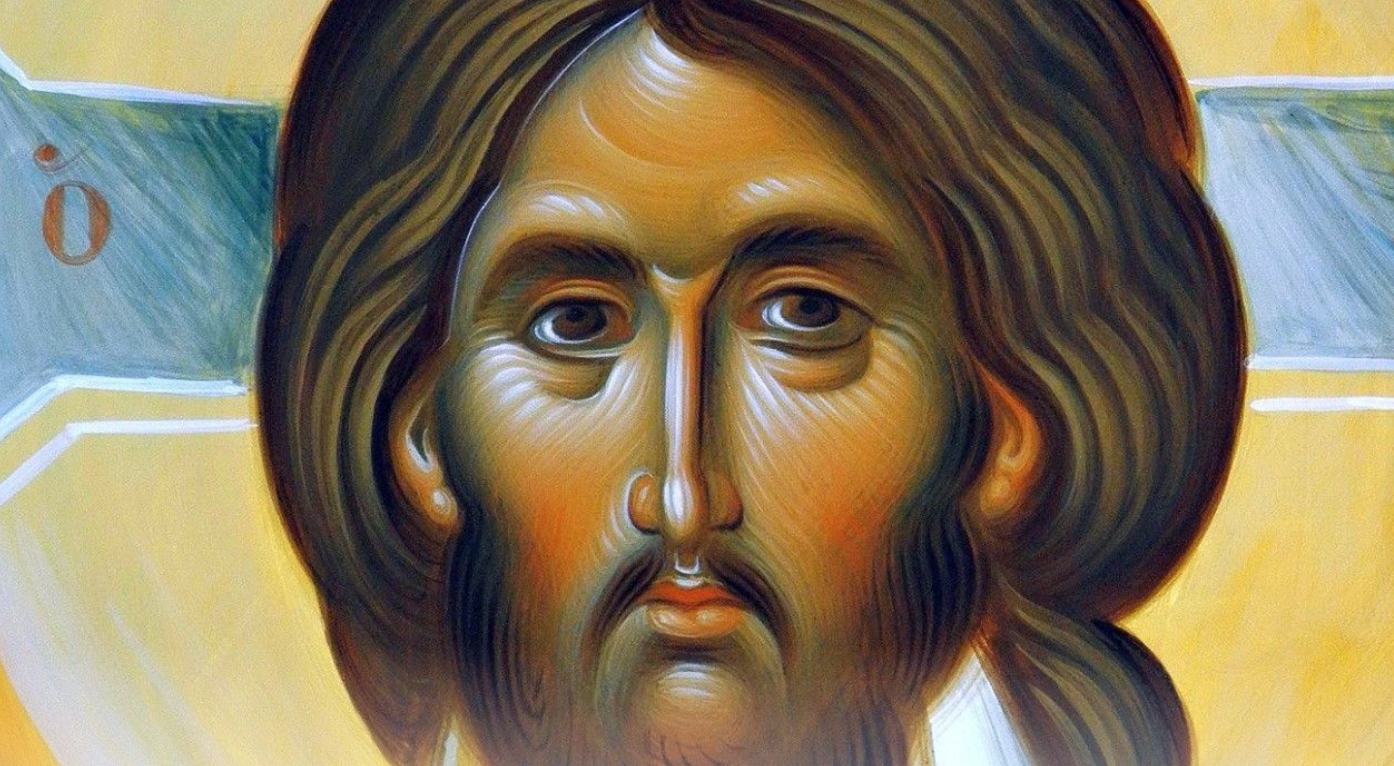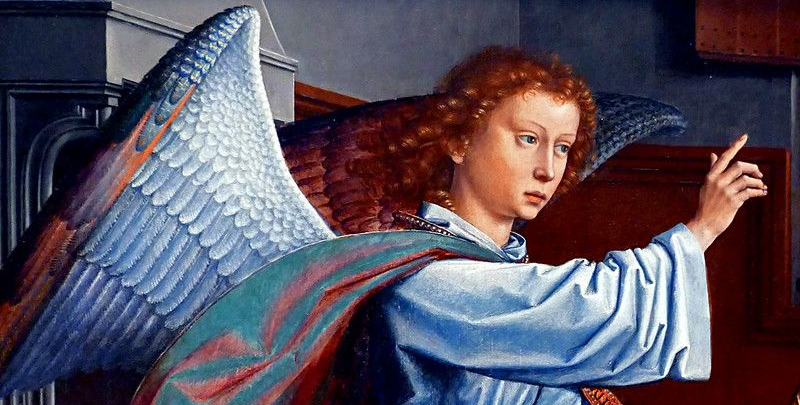Dom Nicholas Wetz is appointed as Prior Administrator of Downside
Belmont loses its Claustral Prior and Parish Priest to assist the Downside community
The Abbot President, with the approval of the Holy See, has appointed Dom Nicholas Wetz to be Prior Administrator of Downside Abbey for two years with effect from 1st September 2018. Dom Nicholas is at present Claustral Prior of Belmont, Parish Priest, Procurator and Junior Master.
Five monks of Downside served as Cathedral Priors of Belmont in the days of the Common Novitiate and House of Studies. They were Dom Norbert Sweeney (1859-1862), Dom Bede Vaughan (1862-1873), Dom Wilfrid Raynal (1873 -1901), Dom Clement Fowler (1905-1914) and Dom Aelred Kindersley (1915-1920) Dom Aelred became the first Prior of an independent Belmont and in 1920, when Belmont was elevated to the status of an abbey by the Holy See, he was elected the first Abbot of Belmont. He died in post in 1934. The first Bishop of Newport and Menevia, the Right Reverend Thomas Joseph Brown, whose cathedral Belmont became in 1859, was also a monk of Downside. In the 1950s, when Belmont was going through a difficult period, a monk of Downside, Dom Nicholas Holman, was sent to Belmont for a number of years to help out. It can be seen that Belmont owes a great debt to Downside.
We pray for Dom Nicholas as he begins this new ministry and hope that all will go well for him and the Downside Community. At the same time, the Belmont Community thanks him for all that he has done in faithful service to the community, monastery, school and parish, over the past thirty years.
More about Downside Abbey
Downside is the senior Benedictine monastery of the English Benedictine Congregation. Originally founded in Douai, in 1606, the community of St Gregory the Great settled at Downside in 1814. The Abbey Church, one of only three Minor Basilicas in England, has been designated by English Heritage as a grade I listed building and described by Sir Nikolaus Pevsner in his architectural guides as “the most splendid demonstration of the renaissance of Roman Catholicism in England.”
The community of St Gregory the Great was founded at Douai, France, in 1606 by a group of English and Welsh monks who were in exile because of the laws in England against Catholics at that time. As the community expanded, it started a school for English Catholic boys, who were unable to find a Catholic education at home: this was the very start of Downside School, in 1617. The monks were engaged not only in teaching but also in scholarly work, writing and lecturing, and in priestly and pastoral work.
By the beginning of the 18th century the School was held in such high esteem in England that Queen Anne ordered the Duke of Marlborough to spare it when he stormed Douai in 1710. In the 1790s, however, French revolutionaries plundered the Abbey and School, but the monks and boys were allowed to escape to England in February 1795. The Community returned to England, seeking refuge in Shropshire, at Acton Burnell Hall, from 1795 to 1814. They have been based in Somerset since 1814.
Downside Abbey has the largest monastic archive and library in the United Kingdom. The Abbey, whose rich scholarly traditions have produced men of learning such as Dom Daniel Knowles and Cardinal Aidan Gasquet, patron of the great Medievalist and Liturgist Edmund Bishop, and continues to produce monks at the forefront of their intellectual fields. Its learned journal, The Downside Review, founded in 1880 is now published in collaboration with SAGE Publications.
Downside is the home to centuries of Benedictine heritage in the heart of Somerset. It is a proud addition to the monastic landscape of the West Country, home of Bath and Glastonbury Abbeys and the site of the earliest monastic foundations in these isles. Downside Abbey and the University of Bristol have worked in partnership since the Second Vatican Council and have recently combined their forces, with the Department of Religion and Theology, in the creation of the Centre for Monastic Heritage. The Centre combines the rich professional resources of the University, its staff and expertise, with the small heritage team at Downside protecting the heritage and cultural assets of which the Abbey is custodian.

